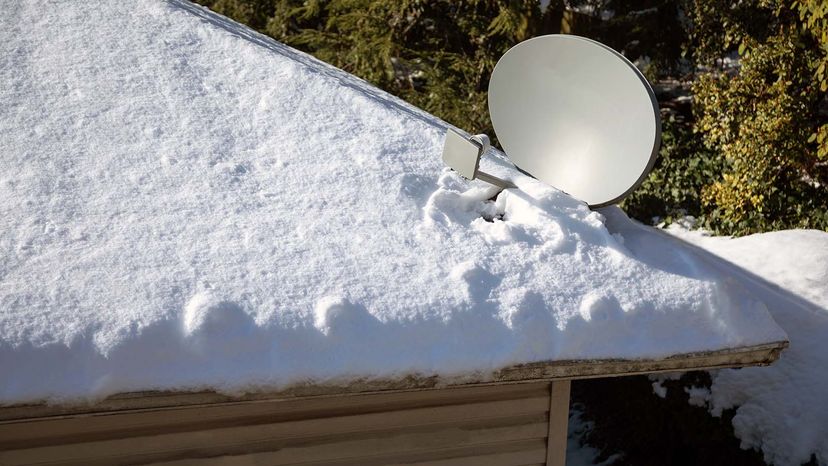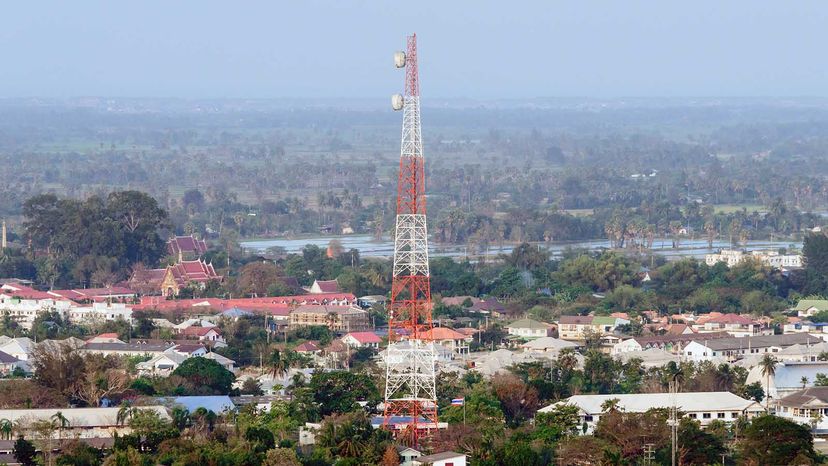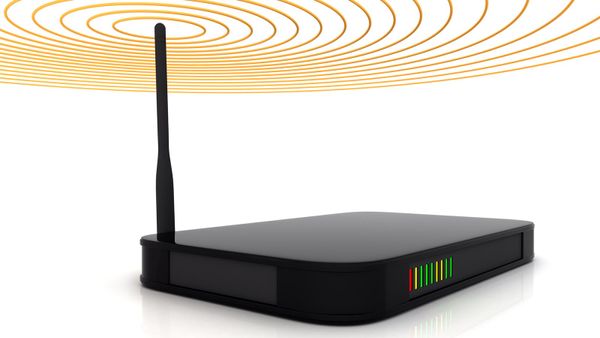
Wireless internet technology is perhaps one of the most important developments of the past century. It allows our smartphones, computers and navigation systems to receive data over the air. But internet technology isn't perfect. It's subject to all kinds of interference, including competing wireless signals, solid objects and even extreme weather.
To understand wireless interference, you first have to know that all transmitters, like satellites, radios and cell towers send ultrasonic waves to be picked up by the receiving antenna. For the best possible results, the transmitter requires an unbroken line of sight with the receiver. That's why cell towers are so tall, and why satellite networks use multiple spacecraft at varying points in orbit.
Advertisement
However, real-world conditions are rarely ideal. Signals weaken on their way to your device because of things dust particles in the air, trees and even walls in your home. Electromagnetic waves have trouble penetrating these objects, so the signals get deflected and break apart, which causes disruptions like static in your car radio, or data loss over the internet.
When data is lost, the transmitter sends it over a second time, decreasing your device's download speed.
This is also why signals become weakened during bad weather. Because the water, cloud, rain and fog also break apart and deflect the signals between the source and the receiver.
Advertisement




